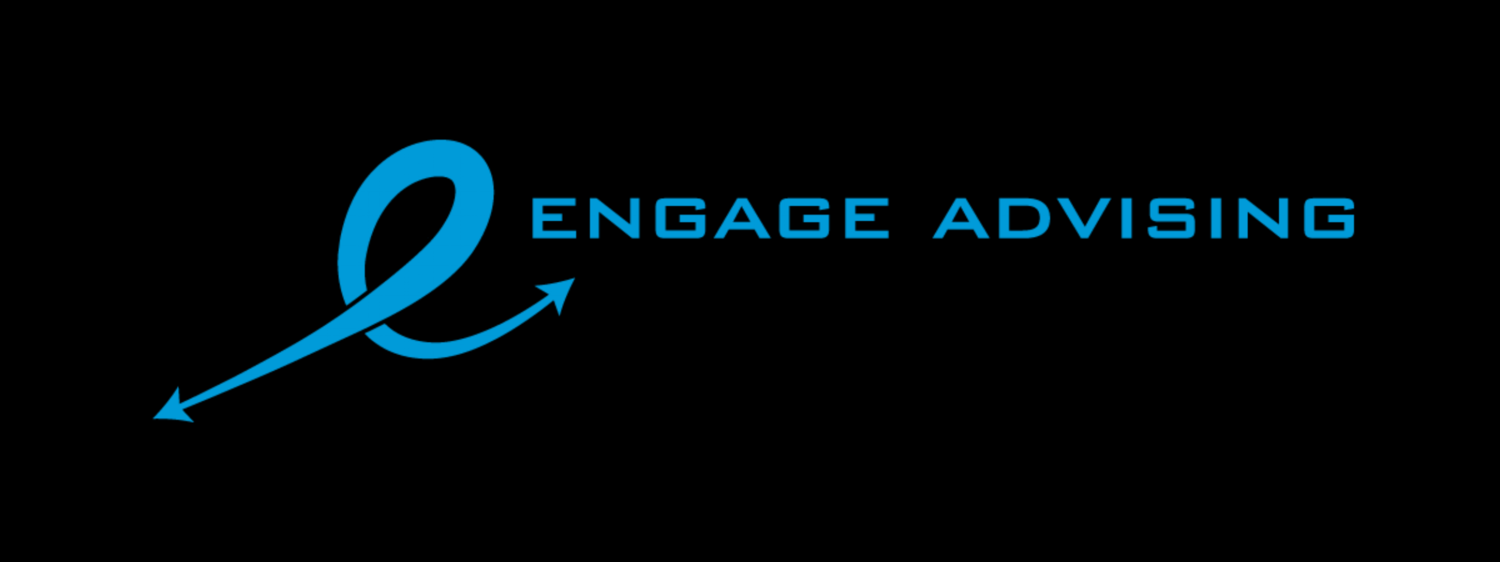Have you noticed that budgeting is a challenge and you seem to overspend on a regular basis? Feel like you are tipping more due to automation and social pressure? Do you feel that you never actually see your money? You’re not alone and you are not crazy.
Shopping and paying for services we use without touching or seeing our money has never been easier thanks to technology. If it’s 9 p.m. and we want our favorite burger or need to get across town – no problem! There’s an app for that. Whether having food delivered or having ourselves delivered across town, we no longer need cash. Most apps and online accounts require linking to a payment card of some type, usually your debit or credit card, and that can be a problem for budgeting. Through linking, and the desire for ease and convenience, it can be harder to rein in spending when we don’t actually see and handle our cash.
Even when we get takeout these days the merchant generally has a card reader system in place with a convenient screen that recommends a tip amount. For dining in, this can be handy and you should tip based on service. However, for takeout and the casual stop for coffee or baked goods, you may be over tipping by a considerable amount. Especially if there is no option to not tip. With the merchant right in front of us, and folks in line behind us, we have a tendency to over tip on smaller purchases or purchases such as takeout that arguably do not require a tip. (You can read this brief overview on takeout tipping from the Des Moines Register.) Compounding the problem is the fact that this is automatic, so again, we don’t actually see our money!
The proliferation of card readers, delivery apps, rideshare and food delivery services, and even task apps (think dog walking, package pick-up, etc.) has given rise to the gig economy, an increase in tipping, and a lack of actually seeing our money and how much we spend. It’s not uncommon for your rideshare app to start a tip recommendation at 15% and go as high as 20% or even 25%. Historically, taxi drivers got between 10% and 15% and maybe extra for unusual circumstances. Many apps and services require auto-renewal so you forget what you are paying and when.
Courtesy of the Des Moines Register (2015).
Here are some tips on tipping and auto-renewal!
For takeout food that you are picking up, you don’t need to tip, but it is appreciated. A tip of 10% on food you are picking up yourself is considered sufficient but again, not necessary. If the order is particularly large, complex, or troublesome, you do need to tip.
For food delivery, tip at least 10% and more if the weather is foul, or the delivery is particularly large or complicated.
For taxi and/or rideshare drivers, tip 15% unless the driver is unusually helpful, battling horrendous road conditions, or had to help you with your luggage. If the fare is $10 or under, 10% should suffice, but do not give less than $1. For luggage, consider an extra $1 to $2 per bag.
For coffee shops, bakeries, sandwich shops, etc., where you are in a line and it is a casual grab and go type environment, if the staff have a noticeable tip container, tip your order change, or a $1. Think about it, if your coffee comes to $3 and you tip 60 cents, you are actually leaving a 20% tip!
Always keep in mind that it is best to tip in cash. This way the recipient actually gets the money and their company cannot manipulate the hourly wage to ‘adjust’ the amount paid out by the company. Wage theft, anyone?
Tip on the subtotal, not the total. We are already paying Uncle Sam enough and we don’t need to inflate our tip amounts by including sales taxes in the calculation.
Set calendar reminders when you enroll in a service that requires auto-renewal. Make sure it is about 45 days prior to the subscription ending. That way you have time to decide if you want to renew or how to go about canceling.
If possible, set a spending cap with automatic payments. This will help keep you aware of what you are spending.
Finally, review your monthly bank and credit card statements. If you need to set spending limits, go back to using cash whenever you can. Make your cash visible again! Try setting alerts on your spending and checking your app, online service, or credit and debit card balances more frequently so you know what you have spent.
It’s your hard-earned money. As an independent Certified Financial Planner™, I can help you plan for annual expenses and set budgets.Contact me and let’s get reacquainted with your cash. #talktometuesday #education #Hireaplanner #tax #stressfree #tip #tipping #savings #cash #cashinhand



